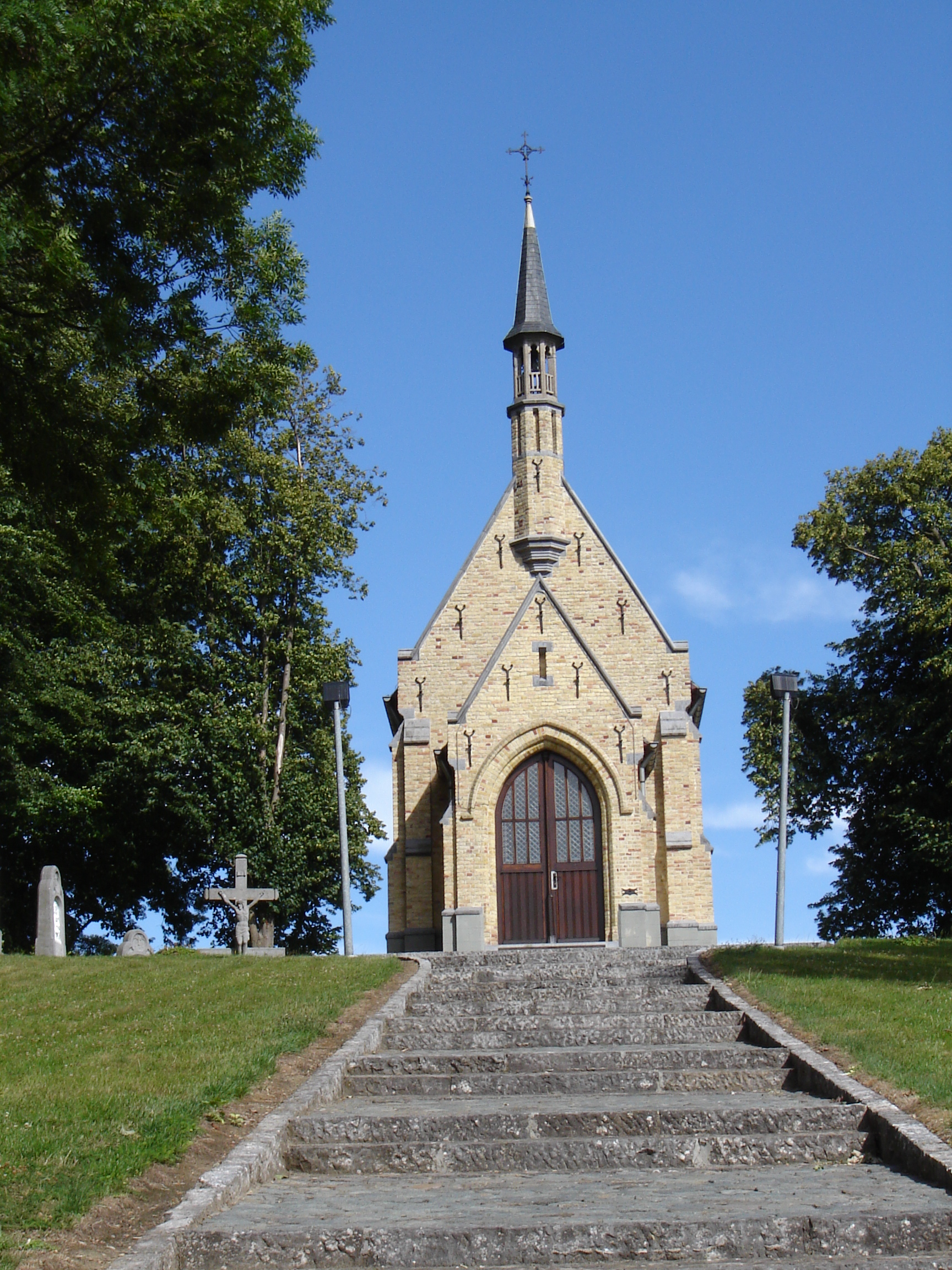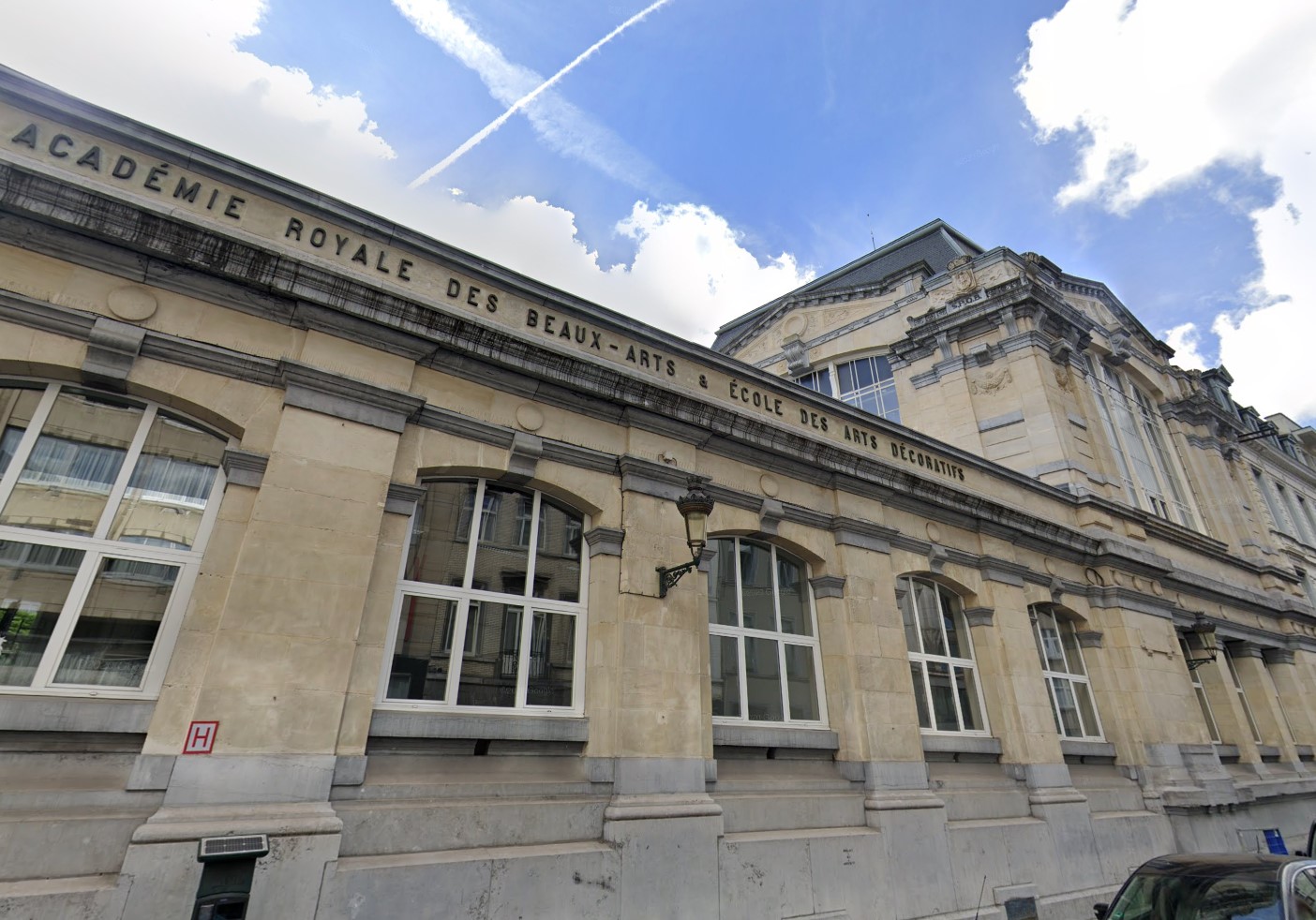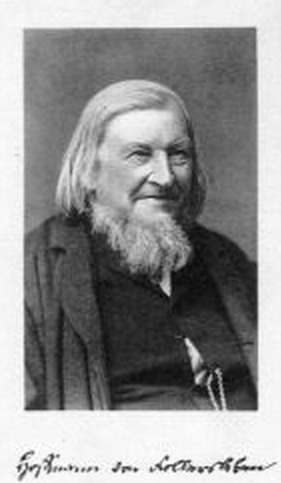|
Jean Henri De Coene
Jean Henri De Coene (1798–1866) was a Belgian painter of genre and historical subjects. De Coene was born at Nederbrakel. He was a pupil of David David (; , "beloved one") (traditional spelling), , ''Dāwūd''; grc-koi, Δαυΐδ, Dauíd; la, Davidus, David; gez , ዳዊት, ''Dawit''; xcl, Դաւիթ, ''Dawitʿ''; cu, Давíдъ, ''Davidŭ''; possibly meaning "beloved one". w ... and of Paelinck, and became professor in the Brussels Academy. He died in that city in 1866. His picture of the 'Incredulity of St. Thomas' gained him the prize in 1827. File:Coene All'ufficio di polizia.jpg, ''At the police station'' File:Coene Victoire du Bois.jpg, ''Victoire du Bois'' File:Jean Henri De Coene - The empty eggshells.jpg, ''The empty Eggshells'' References * 1798 births 1866 deaths People from Brakel Belgian painters Pupils of Jacques-Louis David {{Belgium-painter-stub ... [...More Info...] [...Related Items...] OR: [Wikipedia] [Google] [Baidu] |
Nederbrakel
Nederbrakel is a town in the municipality of Brakel. It is located in the Denderstreek and in the Flemish Ardennes, the hilly southern part of the province of East Flanders, Belgium. With 5,972 residents as of 2000, it forms the largest individual part of the municipality. Nederbrakel is located near the language border. Overview Ceramics have been discovered dating from 450 B.C. The town was first mentioned as Brakele Inferius in the 13th century. In the 19th century, the economy was mainly based on flax cultivation. The Railway line Aalst-Zottegem-Ronse opened in 1885 with a train station at Nederbrakel which closed in 1963. The Sint-Pietersbanden Church was built in the 14th century, and reconstructed in 1828. The tower was built next to the church between 1515 and 1521. The spire burnt down in 1750 and replaced with a simple spire. The tower was classified as a monument in 1936. In 1917, Dean August Vael prayed that the town would be spared in World War I. In 1924, the To ... [...More Info...] [...Related Items...] OR: [Wikipedia] [Google] [Baidu] |
Jacques-Louis David
Jacques-Louis David (; 30 August 1748 – 29 December 1825) was a French painter in the Neoclassicism, Neoclassical style, considered to be the preeminent painter of the era. In the 1780s, his cerebral brand of history painting marked a change in taste away from Rococo frivolity toward classical austerity and severity and heightened feeling, harmonizing with the moral climate of the final years of the Ancien Régime. David later became an active supporter of the French Revolution and friend of Maximilien Robespierre (1758–1794), and was effectively a dictator of the arts under the French First Republic, French Republic. Imprisoned after Robespierre's fall from power, he aligned himself with yet another political regime upon his release: that of Napoleon, the First Consul of France. At this time he developed his Empire style, notable for its use of warm Venetian school (art), Venetian colours. After Napoleon's fall from Imperial power and the Bourbon revival, David exiled himself ... [...More Info...] [...Related Items...] OR: [Wikipedia] [Google] [Baidu] |
Joseph Paelinck
Joseph Paelinck, (20 March 1781 – 19 June 1839) was a painter from the Southern Netherlands. Biography Paelinck attended the Royal Academy of Fine Arts (Ghent) and then with Jacques-Louis David in Paris, where he painted in 1804 ''A Judgment of Paris'', which earned him his first Academy Art Award for Ghent. After he had worked there a short time as a teacher, he went to Rome and stayed there for five years. He painted, among other things: ''Rome under Augustus'' for the Quirinal Palace and the ''Discovery of the Cross'' for St. Michael's Church in Ghent. He was later a professor at the Académie royale de peinture et de sculpture in Brussels. His many pupils included Charles Baugniet, François Antoine Bodumont, Edouard de Bièfve, Élisa de Gamond, Félix De Vigne, Jean Joseph Geens, Jozef Geirnaert, Joseph Meganck, Fanny Paelinck-Horgnies, Alfred Stevens, Joseph Cohen de Vries and Abraham Johannes Zeeman. [...More Info...] [...Related Items...] OR: [Wikipedia] [Google] [Baidu] |
Académie Royale Des Beaux-Arts
The Royal Academy of Fine Arts of Brussels (french: Académie Royale des Beaux-Arts - École supérieure des Arts de la Ville de Bruxelles (ARBA-ESA), nl, Koninklijke Academie voor Schone Kunsten van Brussel), is an art school established in Brussels, Belgium. It was founded in 1711. Starting from modest beginnings in a single room in Brussels' Town Hall, it has since 1876 been operating from a former convent and orphanage in the /, which was converted by the architect . The school has played an important role in training important local artists. History Origins Historically, artistic training in Brussels was organised in traditional workshops where masters would teach their skills to pupils. The masters needed to be registered with their local guild to be able to practice their craft. On 30 September 1711, the magistrate of the City of Brussels gave the guilds of painters, sculptors, weavers and other amateurs the use of a room in Brussels' Town Hall to teach drawing class ... [...More Info...] [...Related Items...] OR: [Wikipedia] [Google] [Baidu] |
1798 Births
Events January–June * January – Eli Whitney contracts with the U.S. federal government for 10,000 muskets, which he produces with interchangeable parts. * January 4 – Constantine Hangerli enters Bucharest, as Prince of Wallachia. * January 22 – A coup d'état is staged in the Netherlands ( Batavian Republic). Unitarian Democrat Pieter Vreede ends the power of the parliament (with a conservative-moderate majority). * February 10 – The Pope is taken captive, and the Papacy is removed from power, by French General Louis-Alexandre Berthier. * February 15 – U.S. Representative Roger Griswold (Fed-CT) beats Congressman Matthew Lyon (Dem-Rep-VT) with a cane after the House declines to censure Lyon earlier spitting in Griswold's face; the House declines to discipline either man.''Harper's Encyclopaedia of United States History from 458 A. D. to 1909'', ed. by Benson John Lossing and, Woodrow Wilson (Harper & Brothers, 1910) p171 * March &ndas ... [...More Info...] [...Related Items...] OR: [Wikipedia] [Google] [Baidu] |
1866 Deaths
Events January–March * January 1 ** Fisk University, a historically black university, is established in Nashville, Tennessee. ** The last issue of the abolitionist magazine '' The Liberator'' is published. * January 6 – Ottoman troops clash with supporters of Maronite leader Youssef Bey Karam, at St. Doumit in Lebanon; the Ottomans are defeated. * January 12 ** The ''Royal Aeronautical Society'' is formed as ''The Aeronautical Society of Great Britain'' in London, the world's oldest such society. ** British auxiliary steamer sinks in a storm in the Bay of Biscay, on passage from the Thames to Australia, with the loss of 244 people, and only 19 survivors. * January 18 – Wesley College, Melbourne, is established. * January 26 – Volcanic eruption in the Santorini caldera begins. * February 7 – Battle of Abtao: A Spanish naval squadron fights a combined Peruvian-Chilean fleet, at the island of Abtao, in the Chiloé Archipelago of southern Chile. * February 13 � ... [...More Info...] [...Related Items...] OR: [Wikipedia] [Google] [Baidu] |
People From Brakel
A person ( : people) is a being that has certain capacities or attributes such as reason, morality, consciousness or self-consciousness, and being a part of a culturally established form of social relations such as kinship, ownership of property, or legal responsibility. The defining features of personhood and, consequently, what makes a person count as a person, differ widely among cultures and contexts. In addition to the question of personhood, of what makes a being count as a person to begin with, there are further questions about personal identity and self: both about what makes any particular person that particular person instead of another, and about what makes a person at one time the same person as they were or will be at another time despite any intervening changes. The plural form "people" is often used to refer to an entire nation or ethnic group (as in "a people"), and this was the original meaning of the word; it subsequently acquired its use as a plural form of ... [...More Info...] [...Related Items...] OR: [Wikipedia] [Google] [Baidu] |
Belgian Painters
Belgian may refer to: * Something of, or related to, Belgium * Belgians, people from Belgium or of Belgian descent * Languages of Belgium, languages spoken in Belgium, such as Dutch, French, and German *Ancient Belgian language, an extinct language formerly spoken in Gallia Belgica *Belgian Dutch or Flemish, a variant of Dutch *Belgian French, a variant of French *Belgian horse (other), various breeds of horse *Belgian waffle, in culinary contexts * SS ''Belgian'', a cargo ship in service with F Leyland & Co Ltd from 1919 to 1934 *''The Belgian'', a 1917 American silent film See also * *Belgica (other) Gallia Belgica was a province of the Roman Empire in present-day Belgium, Luxembourg, and the Netherlands. Belgica may also refer to: Places * Belgica Glacier, Antarctica * Belgica Guyot, an undersea tablemount off Antarctica * Belgica Mountain ... * Belgic (other) {{Disambiguation ... [...More Info...] [...Related Items...] OR: [Wikipedia] [Google] [Baidu] |







_1938.jpg)